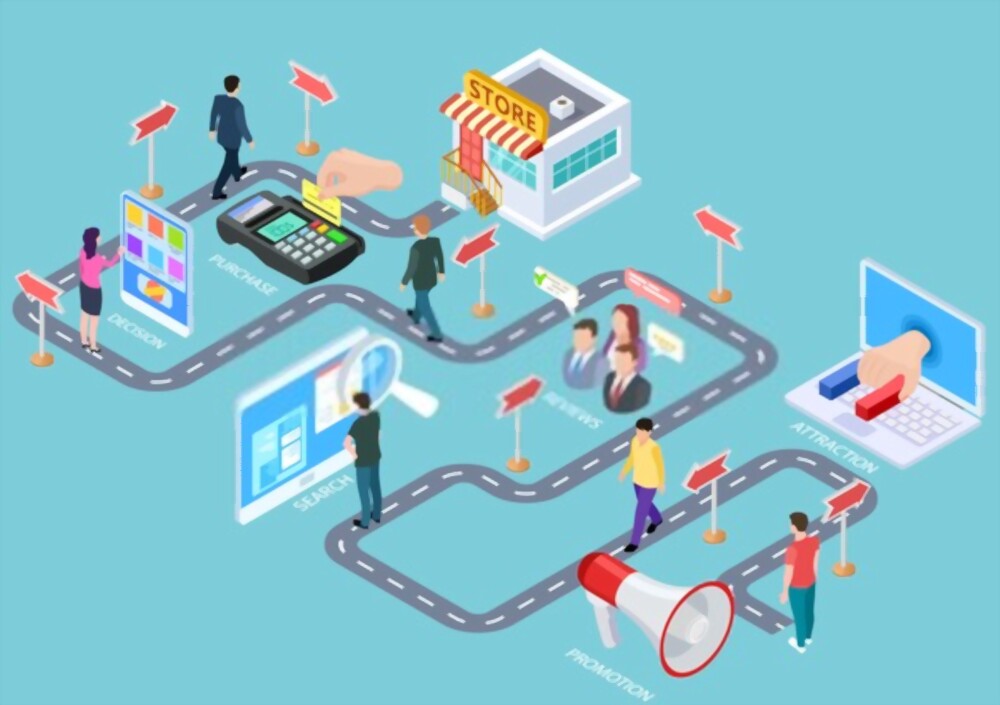Figure 1 describes MMR Strategy’s five step process involved in creating Customer Journey Maps. The steps include selecting the journey to map, creating an inventory of touch points, describing each touch point, identifying moments of truth and key metrics, and creating Users’ Manuals to guide implementation.
Figure 1: Five Steps to Creating a Customer Journey Map
Each of these steps are described in detail in a white paper. As described in that white paper, there are five design principles that apply to each step:
- Take the customers’ perspective: The CJM should describe the customer experience from the customer’s perspective, using customer-friendly terms. Jargon, including any term that is not familiar to or not used by customers, should be banned from the map.
- Be emotional: The CJM should incorporate and reflect the emotional, experiential, and functional elements of the customer experience. The emotional refers to how a customer is feeling, experiential refers to what a customer experiences, and functional refers to the logistics of how it happens.
- Be universal: The CJM should be universal, applying to all customers. Later, use cases can be used to build CJMs for specific segments or distribution channels.
- Keep it simple: The CJM should be easy to follow and colorful. It should be appropriate for a wide variety of levels and functions.
- Gather lots of input: The CJM should be built with input and involvement from multiple departments that touch the customer’s interaction with the company. Gathering input from these departments will require a series of interviews and workshops throughout the process.
A Customer Journey Map is different than a process map, but the two are related. As shown by Table 1, a process map takes the company’s perspective, and describes a company’s internal processes, using terms, jargon, and acronyms specific to the company. Process maps are often developed by specialists (including those with Six Sigma experience) or by specific departments. By contrast, the Customer Journey Map takes the customer’s perspective, describing the customer experience using the customer’s own language.
Table 1: Differences between Process Maps and Customer Journey Maps
Dr. Bruce Isaacson
President
MMR Strategy Group


